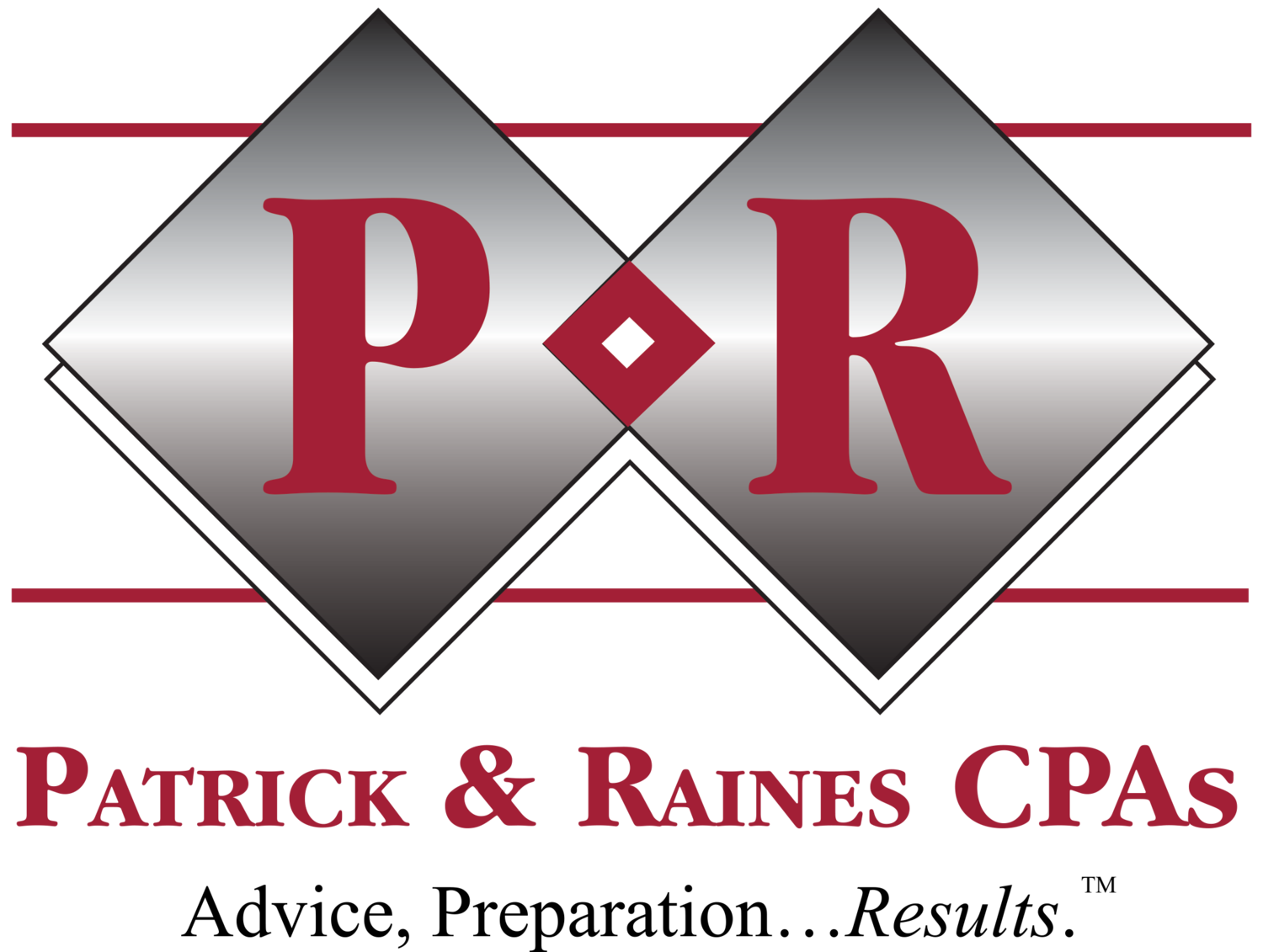Choosing the Best Ownership Structure for your Business
Small businesses comprise a significant part of today’s economy, and continue to grow. If you’re embarking on a start-up enterprise, a major challenge will be generating enough revenue and managing your cash-flow planning to stay in business.Your first step as an entrepreneur is determining the most advantageous type of ownership and associated business tax structure for your small business. You must decide whether your company will be a sole proprietorship, C corporation, S corporation, partnership, limited liability partnership, or limited liability company.Your choice of ownership structure governs many important factors, including tax accounting, income allocation, liability, and funding capabilities as well as the management of losses, self-employment tax, double tax, income character, administrative obligations, and tax compliance burden.In deciding which structure best fits your business needs and personal attributes, consider the following advantages and disadvantages:
- Sole Proprietorship: The most basic and least expensive form of business entity based on your sole ownership. You are fully responsible for any liabilities the company incurs. You hold no stock to sell to investors, which makes raising capital more difficult compared to other forms of ownership.
- C Corporation (C-Corp): An organization taxed separately from its owner and controlled by stockholders, a board of directors, and/or officers within the company. Regulated by state law, you incur less liability than a sole proprietor for any outstanding debts. A downside of being a C corporation is you’re subject to double taxation, both at the corporate level and individually (via the dividend tax).
- S Corporation (S-Corp): Similar to a C corporation but not subject to double taxation. Profits “flow through” to individuals to include on their personal tax returns. With an S-Corp, no more than 100 shareholders may participate and each must be a legal and permanent US
- Partnership: An agreement between two or more parties to split the profits and liabilities. Each partner is somewhat liable for any debts owed. Taxes for partnerships are filed through the individual partner. This form of ownership represents the country’s fastest growing business structure.
- Limited Liability Partnership (LLP): A more formal partnership that provides you protection from some of the liability. The formal agreement grants each partner the right to participate in management of the company, but one partner must be legally liable for the partnership. Taxes are filed through your individual returns.
- Limited Liability Corporation (LLC): A company that offers you limited liability, much like the LLP. Both LLPs and LLCs are comprised of partners with rights to participate in management, but an LLC allows corporations to be owners. LLC taxes are also filed through individual partners, preventing double taxation.
Your choice of a business structure can evolve as your business grows. You can start as a sole proprietorship or partnership and later, if your business grows or the risk of personal liability increases, convert your business to an LLC or corporation.Appropriate choice of ownership structure may help you create a favorable profit margin for your startup venture. At Patrick & Robinson CPAs, we can help you formulate a plan for your business taxes as we pride ourselves on being our clients’ business profit consultant. Find out more by contacting us at Office@CPAsite.com or 904-396-5400.

